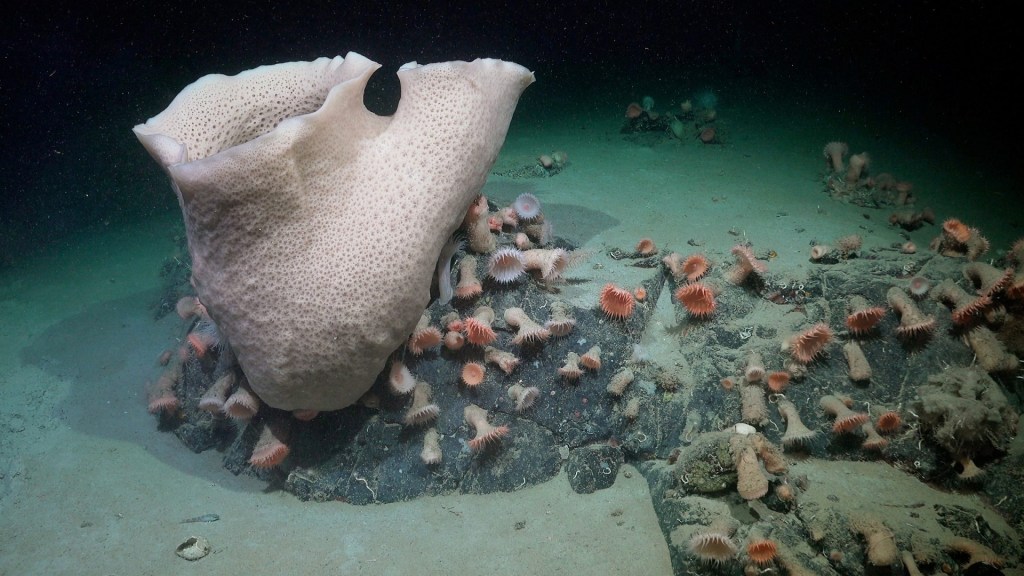
The giant sea spiders, ovaries, ice, pair and sponges—they were hundreds of years old—in a new part of the sea, after a large ice creature, which was 19 miles, broke on January 13 on the South Pole ice.
In the event, he revealed a maritime bull that has been hidden from the sun for decades, offering researchers on the ship. Fallicor (You) A rare opportunity to search for an unprecedented depth.
Under the supervision of Patricia Escovet, a researcher at the University of Aveyro in Portugal, the Expdition team had little expectations.
“It’s the kind of occasion that happens when you leave everything you do,” Eskett said.
Considering the thick ice covered, scientists doubted that a lot of life could grow in such an extreme environment.
But the bottom of the sea was full of living diverses under the road of ice-84. Researchers estimate that dozens of new types of journey may identify dozens of new types.
“We were really surprised and surprised at the diverse and rich ecosystems we found below,” Isket said.
The researchers say the discovery announced on Thursday is very important to understand how much the depths of the sea changes on a heating planet.
what scientists have found
The searches found dozens of creatures, including pesticides, snails, worms and fish, under and around a large ice shelve of the South Pole.
Within nearly a month, researchers used a remote car to take pictures, video recording, and collect samples in some of the deepest Antarctica waters.
The team also removed the survey of part of the Belling Shawsen Sea, which was outside the ice sheet. Among the species that may be new in science, pesticides, sea snails, worms and fish.
The researchers say the confirmation of new species requires months of laboratory analysis.
“Most of the work starts from now on,” Eskett said.
Since the beginning of a journey off the shores of last year, Schmidt Scientists have identified more than 70 new species, including knife surfaces and snakes, which were previously unknown to humanity.
Revealing the secret
Scientists have worked to reveal the secrets of how life grows under the thick thick ice of the South Pole.
In most oceans, photosentists provide nutrients by falling to keep the creatures of seabed. But under the dark ice of the South Pole, there is no such process. Instead, the researchers believe that the oceans may provide the food needed to survive the depths of the sea.
“This is all the areas of active scientific research now because of this discovery,” said Geotika Vermani, head of the Schmiet Oshen Institute, a non-profit company that has facilitated research.
George 6th ice shelf, which was broken by Mount Ice, has seen significant dissolution in recent years, including the melting of high faces in 2019-2
Contrary to most of the ice shelves that extend to the Open, George 6 is flown between the South Pole Peninsula and the Alexander Island, making it more stable despite its widespread dissolution.
Scientists believe that the past melting was caused by wind styles that bring hot air to the Earth’s surface and a lot of heat to cover the clouds.